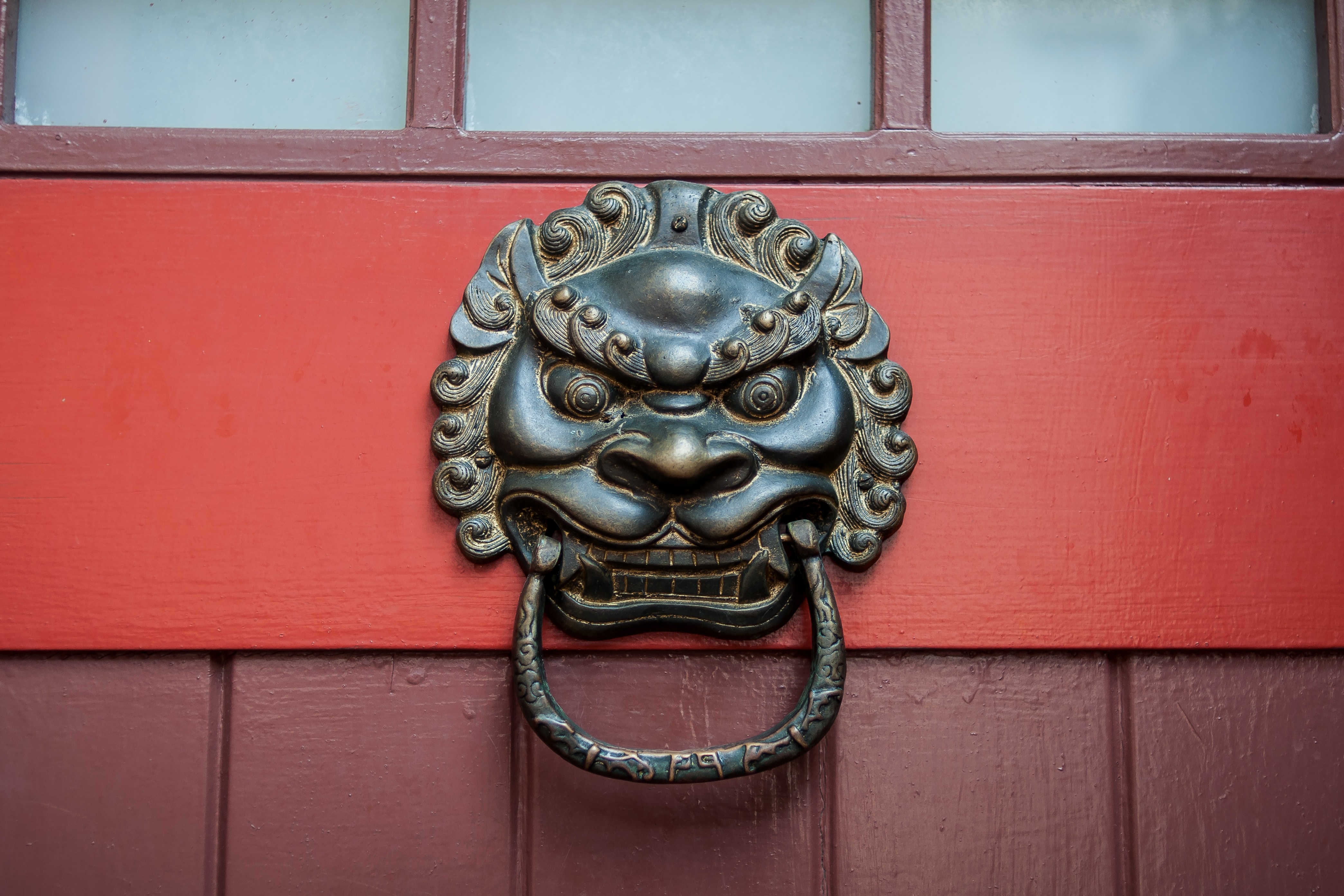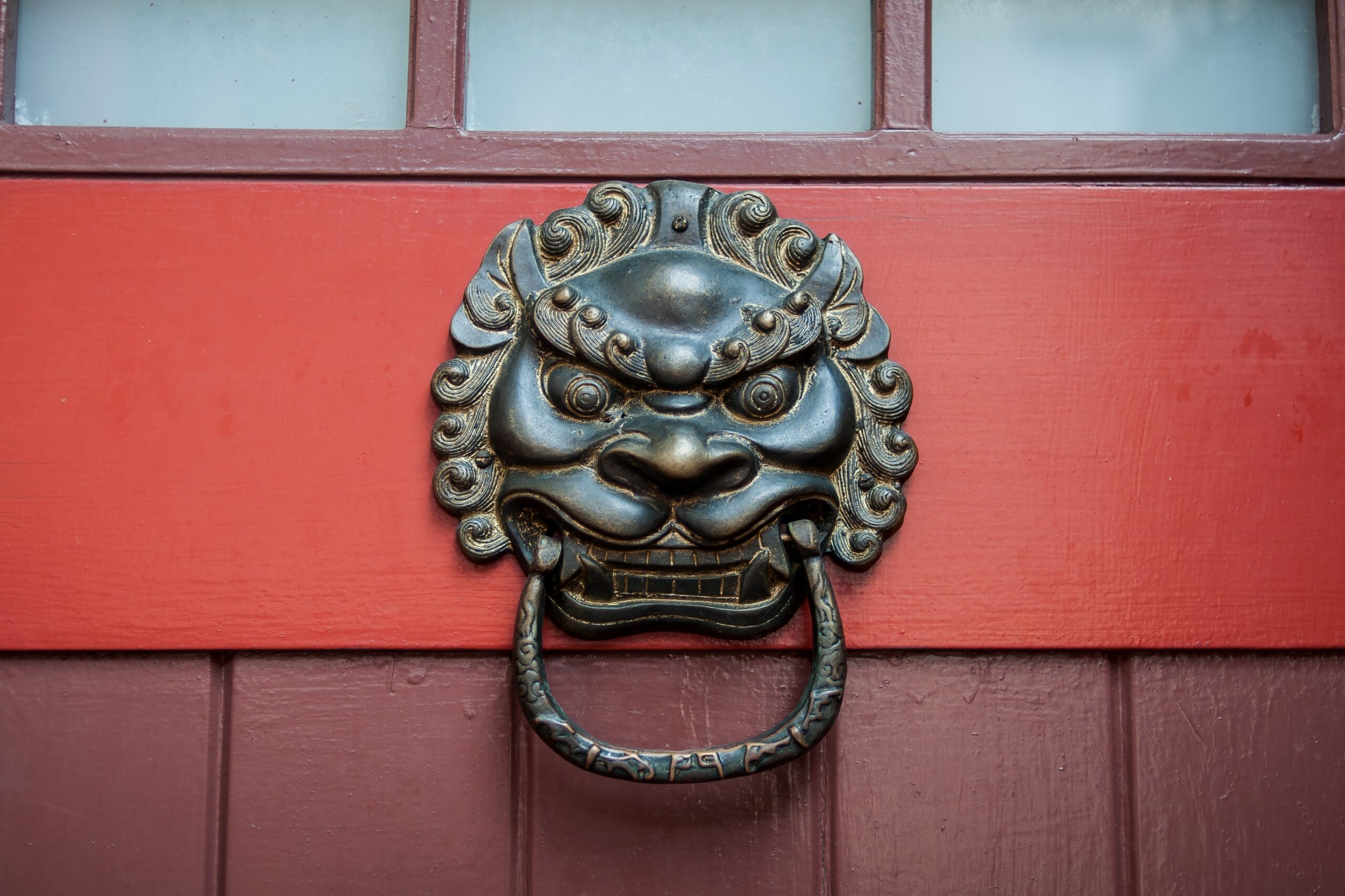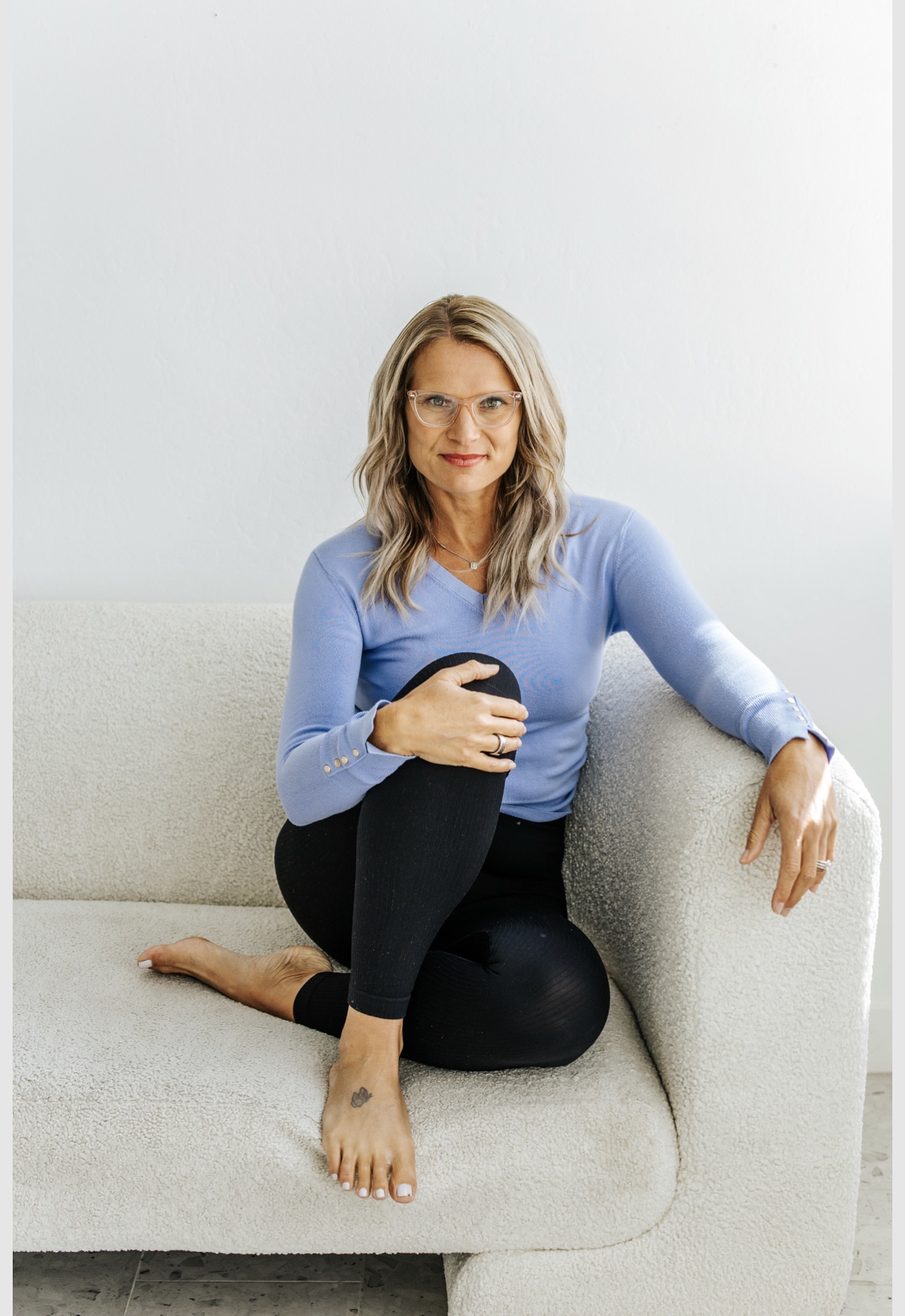Rethinking Bioidentical Estrogen
Last week, we talked about the estrogen is youth fallacy.
For most Western women, the time will come where hot flashes, insomnia, weight gain, migraines, and mood swings will all come knocking at our door.

photo via Unsplash by Anthony Rampersad
It’s standard-of-care to be prescribed bioidentical estrogen (or synthetic estrogen, heaven help us!) for any one of the above symptoms, especially if you’re over the age of 40.
The thought is that as women approach menopause, estrogen levels naturally decline. Therefore, it seems right to simply attempt to restore seemingly low estrogen levels with more estrogen.
But what if those symptoms don’t go away? Or what if they get worse? Or what if new symptoms pop up?
What if your estrogen levels are already way too high to begin with?
And what if those high estrogen levels are causing all of these symptoms in the first place?
Spoiler alert: They Are.
Here’s the thing- estrogen is bound up in your fat tissue. It is hard to accurately measure E2 (estradiol, the strongest and most abundant estrogen) in the blood. So simply getting bloodwork to try to determine your estradiol levels will not be helpful.
And giving estrogen to a woman who likely has high levels of tissue estrogen already is not the best idea. From puberty to menopause, most Western women have too much estrogen. Not not enough estrogen. This includes perimenopause- the time when most women start their estrogen replacement therapy.
A woman’s body produces estrogen in the ovaries, but she also produces estrogen in fat tissue. Fat cells, in and of themselves, are a source of estrogen. So if you struggle with weight gain or weight loss resistance, you surely have enough estrogen. Mind you, this estrogen is E1, or estrone. And estrone is weaker than E2, or estradiol. However, there is still a cumulative effect of excess estrogen.
On top of that, our diets usually increase estrogen: alcohol, crappy meat, soy products, and all of those “heart-healthy oils” increase estrogen in the body.
Our environment increases estrogen: personal care products laden with xenoestrogens increase the compounded effect of estrogens in the body.
Our lifestyle increases estrogen:
People under stress, or who have a thyroid deficiency, or who don’t eat enough protein, typically have elevated estrogen levels. The accumulation of the “essential fatty acids,” the polyunsaturated oils, in the tissues promotes the action of estrogen in a variety of ways, and this effect of diet tends to be cumulative, and to be self-accelerating. (source).
Let’s set up a not-so-hypothetical scenario:
Jane is a 39-year-old woman who has recently started experiencing insomnia and night sweats. Since she is exhausted every day, she drinks three or four cups of coffee with that delicious fake Vanilla Hazelnut creamer, even though she knows she shouldn’t. She thought four cups of coffee would help her poop today. Nope.
She notices her own body odor is changing just a bit, and it makes her self-conscious. She sprays on some extra anti-perspirant and heads to Sephora, where she splurges on the latest designer parfum. Just getting out the store exhausts her, and she knows she need to eat. But those 12 pounds she’s gained in the last 6 months are mocking her, and she decides she should eat a low-carb lunch.
She grabs a salad from Panera with chicken breast and a healthy balsamic vinaigrette. As she munches on her salad in her car, she realizes she forgot to eat breakfast again. A slow smile creeps across her lips.
Intermittent fasting! Aw, yeah!
After finishing work that afternoon and taking care of the kids, she is ready to cry with exhaustion, but she’s too proud to let anyone see that she is so tired. As she preps chicken, pinto beans, and veggies for her family dinner, she pops open the Zinfandel and dumps a generous pour in her glass, wishing only for the energy to get through the rest of the night. She knows her husband wants to have sex at least once this week, but she’s got zero libido. Sex hurts now, anyway, and she can’t orgasm for the life of her.
Thanks to the wine and the Oreos the wine made her eat, she’s out by 8:30 pm. At 2:46 am, she bolts upright, dripping in sweat, heart pounding. She won’t sleep the rest of the night.
And the cycle starts all over again.
Should this woman go on estrogen? Conventional medicine would say yup. Two clicks of estrogen, twice a day, please.
But let’s take a step back. Let’s look at all of the estrogen she is being exposed to on the daily.
- coffee creamer
- coffee
- constipation
- parfum
- anti-perspirant
- 12 pounds gained
- USA chicken
- balsamic vinaigrette
- chicken again
- pinto beans
- red wine
- oreos
Should Jane take bioidentical estrogen for her hot flashes?
F no.
She should consider doing the following instead:
- have a berry-and-flaxseed smoothie for breakfast
- lift weights and walk
- drink stevia-sweetened green tea instead of coffee
- skip the fake personal care products
- eat red meat and a raw carrot salad for lunch
- use GABA, B6, and progesterone, to manage her stress
- roast a huge platter of broccoli, cauliflower, and garlic to go with her salmon for dinner
- take an epsom salt bath
- read for 45 minutes before bed
- use Vitamin E for lubrication and a nice long chat for mental stimulation before bedtime sex
- sleep in cotton pajamas and under layers of cotton sheets and blankets
- take magnesium before bed
- sip coconut water and munch macadamia nuts if woken up at night
These are estrogen-reducing activities. Sure, this is a more time-and-energy-intensive lifestyle. At the beginning, it feels like she’s getting gypped out of your wine and oreos. But after a few months, when she’s sleeping better and less chubby and more energized, she’s going to be pretty happy that she didn’t take that extra estrogen.
On top of high estrogen levels, she already has low progesterone. She is approaching perimenopause and she’s ovulating less frequently, so her progesterone levels are falling. She’s stressed, so she has little raw materials to create new progesterone.
Estrogen is also a thyroid suppressor, and so it makes sense that she’s had trouble losing weight with all dat estrogen. And it also makes sense why she’s so tired.
Let’s just touch on soy, that “wonder food” that helps women “balance their estrogen levels”.
The estrogenic effects of the seed oils and the isoflavones have been studied the most, but the well-known antithyroid actions (again, involving the oils, the isoflavones, and other molecules found in legumes) have an indirect estrogen-promoting action, since hypothyroidism leads to hyperestrogenism. (Estrogens are known to be thyroid suppressors, so the problem tends to be self-accelerating.)…
The isoflavones (many of which are now being promoted as “antioxidants” and “cancer preventives”) are toxic to many organs, but they have clear estrogenic effects, and are active not only immediately in the mature individual, but when they are present prenatally, they cause feminization of the male genitalia and behavior, and early maturation of the female offspring, with the tissue changes that are known to be associated with increased incidence of cancer. (source).
Now, you may agree with me. You may not. At the end of the day, it’s your body. And you need to make the right decision with your doctor. I’m no doctor.
But I like to live my nutritional life by this thought: “did my great-great-great-great-grandmother do/eat/take it?
And considering that estrogen therapy has only been around since the 1960s (please please please let this sink in for a hot minute!), I doubt granny was pumpin’ estrogen onto her thighs at night.
You might not want to, either.
If you want to get to the root cause of why you may be experiencing symptoms like Jane, let’s chat. Set up a free Discovery call with me here. We’ll run the right labs, dig down deep, and get you back on the road to balance. Click on the image below.






